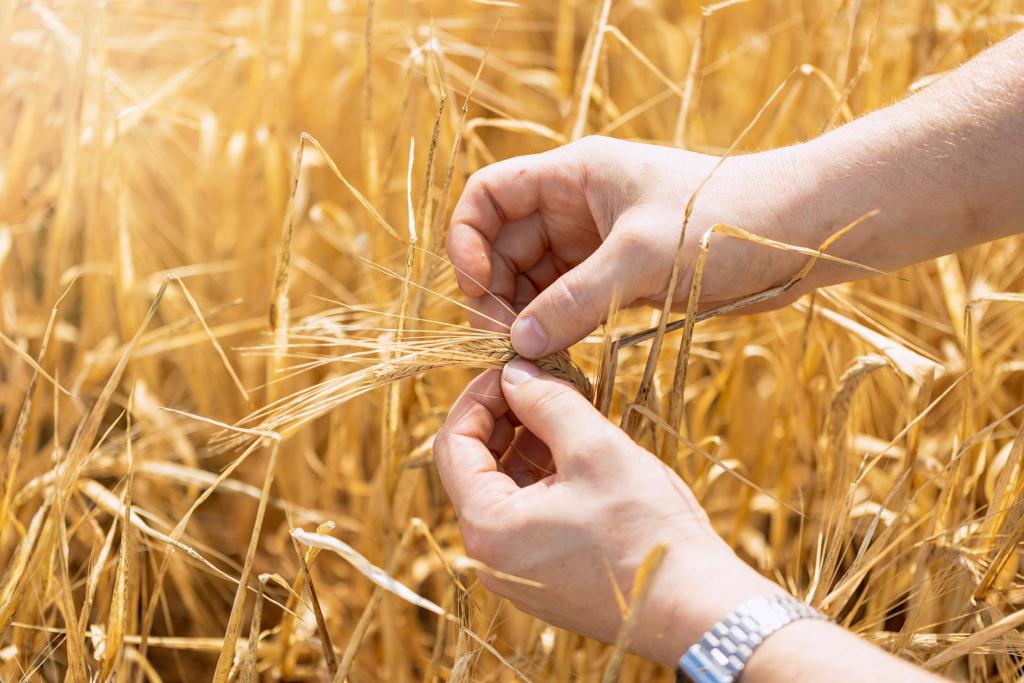If crop science continues to advance at the pace it has over the last two decades, we hope secure, sustainable and affordable food could be only a further decade away.
This is according to a research review by scientists at the Crop Science Centre, which has summarised the last ten years of dramatic advances on the topic of how legumes use beneficial microbial associations to fulfil their need for nutrients.
Lead author Dr Min-Yao Jhu from the Crop Science Centre said, “Our current food production systems are unsustainable, driven in part through the application of chemically fixed nitrogen fertiliser, which is environmentally damaging and prohibitively expensive for some small-holder farmers. We need alternatives to maximise crop yields in an equitable and environmentally sustainable way. By highlighting our understanding of legume nodulation and the unsolved mysteries in the field, we hope this review can provide a road map for upcoming research to overcome the barrier of achieving self-fertilising crops.”
Ten years of scientific advances have provided researchers with detailed frameworks for understanding the processes involved in legumes fixing their own nitrogen. Some examples include: how legumes recognise nitrogen-fixing rhizobia, how rhizobia infect legume roots, the development of nodules on legume roots, and how legumes create an environment appropriate for nitrogen fixation.
One key discovery highlighted by the review is that symbiosis signalling is not limited to legumes. Our target cereal crops have inherited processes involved in forming symbiosis with arbuscular mycorrhizal fungi, which appears to be the evolutionarily earliest beneficial microbial association in plants. This symbiosis signalling shares many similarities with the signalling pathway for recognition of nitrogen-fixing rhizobia in legumes. What does appear to have changed is the strictness of signal recognition through the receptor complex; legumes have an exacting perception of signals produced by the rhizobia with which they form a symbiotic relationship. Discoveries such as these mean that scientists can develop self-fertilising cereal crops by re-networking pre-existing processes, rather than creating new ones from scratch. Importantly, this is a realistic challenge for the next decade, assuming the pace of scientific advancement remains the same as it has done over the last twenty years.
A further scientific breakthrough highlighted by the review is that the processes involved in forming symbiosis between legume plants and rhizobia bacteria are principally controlled by a few key master regulators. Therefore, the authors recommend studying how these master regulators activate the regulatory networks needed for nodule development in different cell types. Answering this question will require using emergent spatial-omics techniques, such as single-cell sequencing and spatial transcriptomics, to examine the developmental processes associated with nodulation with a high degree of cellular resolution.
Author of the paper and director of the Crop Science Centre, Professor Giles Oldroyd, said “Two decades of discovery science in model legumes have laid the foundations of our understanding to do something truly radical: transfer the ability of N-fixation to a much broader range of crops. I am excited about the potential this brings for sustainable and equitable food production and I strive to get there within my research career.”
This review forms part of Enabling Nutrient Symbioses in Agriculture (ENSA) research programme, which utilises natural symbioses between plants, soil fungi and bacteria to engineer crops to make better use of nutrients already present in the air and the soil. This would allow sustainable increases in crop yields, potentially revolutionising smallholder farming in low-and-middle-income-countries, while providing a viable solution to sustainable and secure food production in high-income countries.
Here is a link to the review paper Dancing to a different tune, can we switch from chemical to biological nitrogen fixation for sustainable food security? | PLOS Biology

